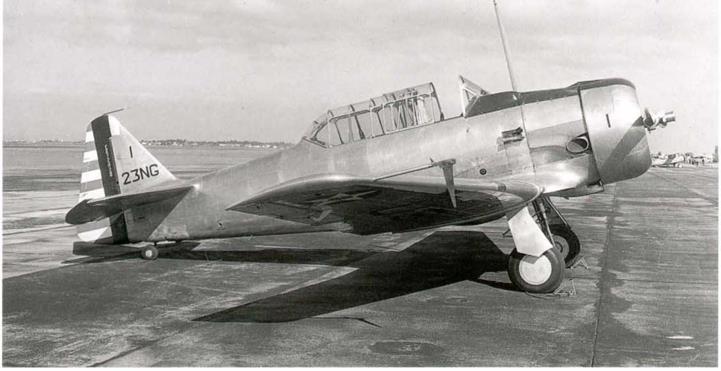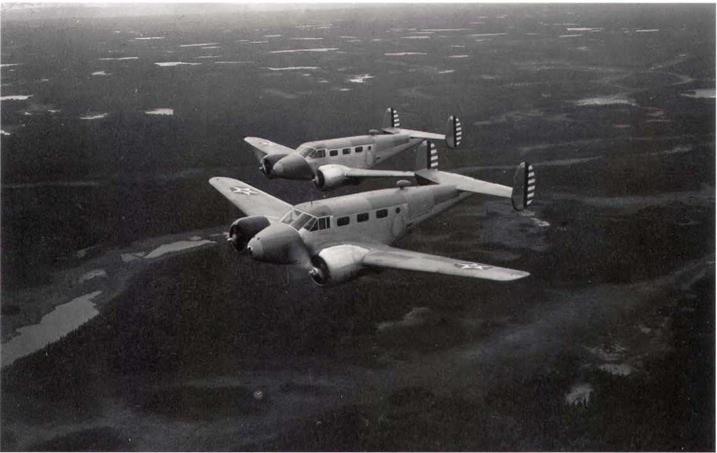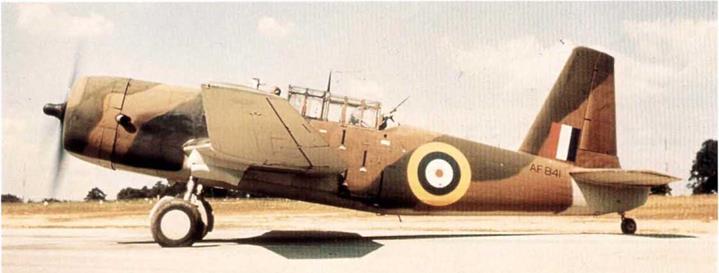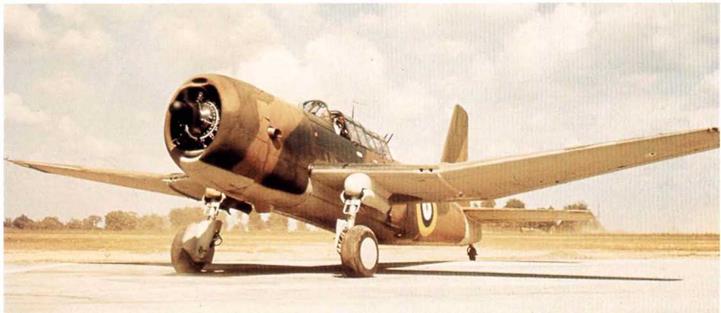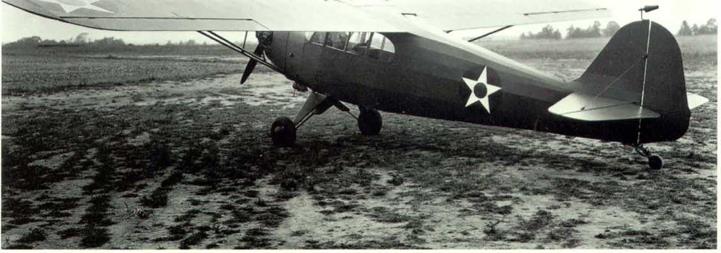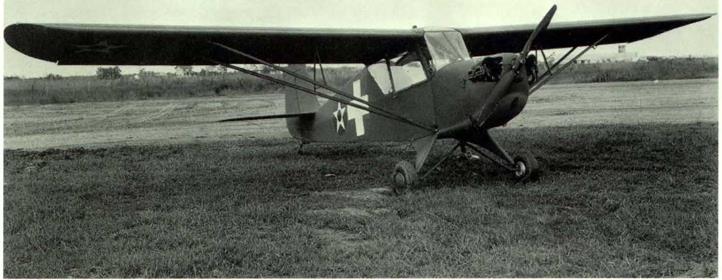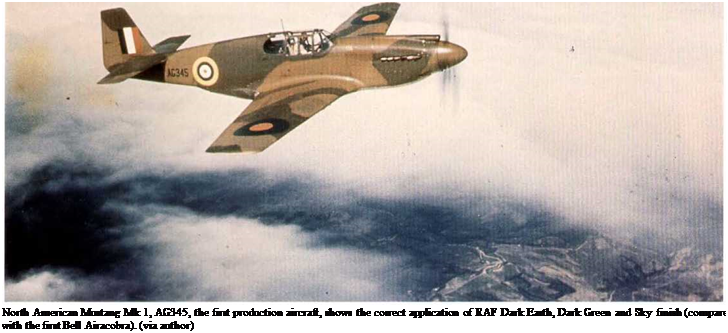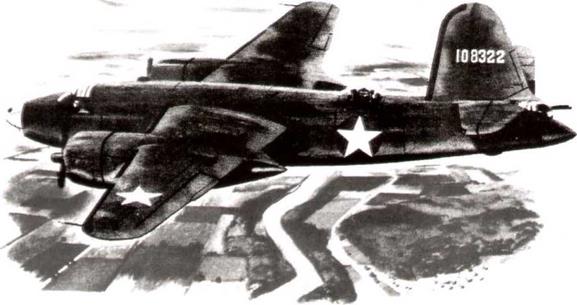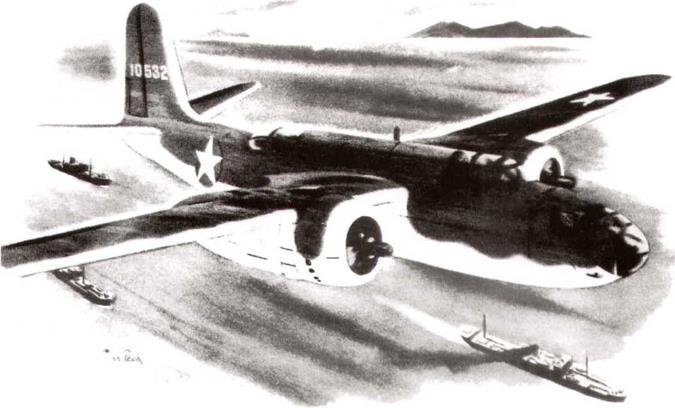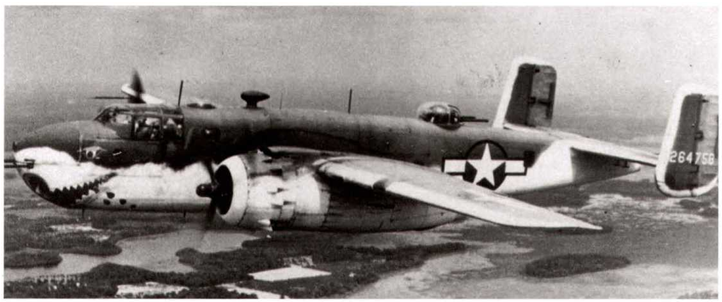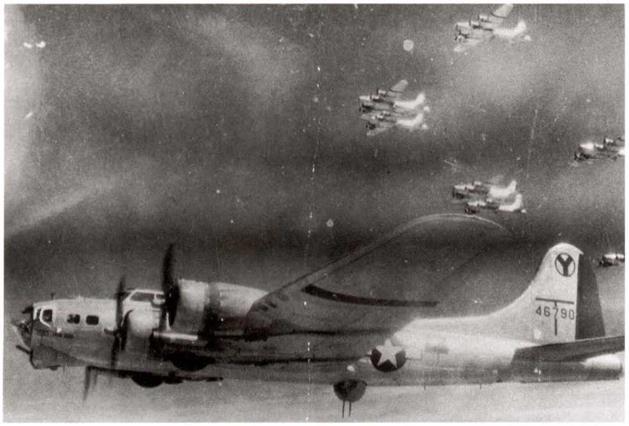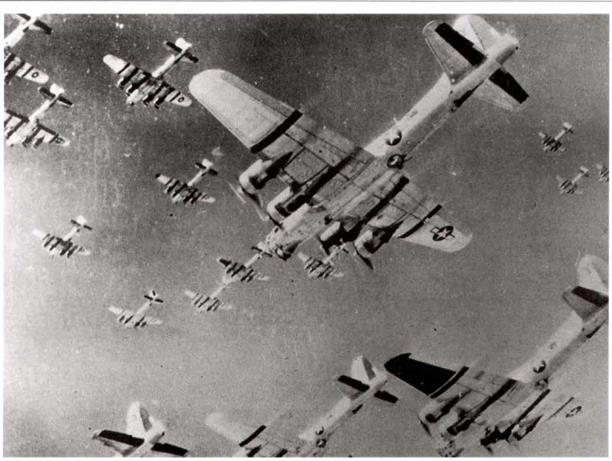Gen. Arnold queries all AAF commanders if they had a need for the new gloss black paint on bombardment aircraft, January 30
1944.
On January 30, 1944, Gen. Arnold sent a teletype to all AAF commanders stating that a copy of an Eglin Field report on glossy paint camouflage was being sent to them by courier. The recently developed paint was a high gloss black with tow diffuse reflectance for night camouflage, intended for use on the under and side surfaces of airplanes; it was now standard for use on all night fighters. He asked the commanders if they had a requirement for such a paint on their bombardment aircraft, and if so, how much would they need. He concluded by stating that AAF could send paint and civilian instructors to train personnel in use of the new paint.
On January 23,1944, an earlier teletype had informed HQ Eighth Air Force that policy had been established for the use of the black paint on all night fighters and it was being implemented. They were also looking into its use on night bombers (note this-author).
The first reply to Arnold’s teletype came from Gen. Spaatz, Commander USSAFE, dated February 3,1944, and said that their requirements were not sufficient to warrant shipping special paint from the United States. Royal Air Force black paint would satisfy their present needs, which were very minor.
On February 10, 1944, Gen. Brereton of the Ninth Air Force stated that they had no requirements for the black paint on their bombardment aircraft. However, a follow-up teletype on February 19,1944, stated that the gloss black paint was desired for painting all night fighter squadrons being shipped to the Ninth AF, basing this on the impression gained from a Gen. Arnold message of February 8,1944, that the new paint was superior in all ways to the existing matt black paint,
IWTTfrrrrrrrrrrfflty,
Consolidated B-24H, aircraft number 89 with vivid “Tiger" nose markings. Dark Olive Drab and Neutral Gray. Believed to be from the 448th BG, 2nd Air Div, Eighth Air Force. (USAF via Gerry R. Markgrafl
|
|
Republic P-47D-10s of the 325th FG, Fifteenth Air Force in Italy, prepare to take off for a bomber escort mission. The aircraft were camouflaged, with yellow and black checks on the tail surfaces and red cowl markings with white trim. Aircraft numbers were in white. (Robert L, Baseler)
|
|
The ground crew of Lt. Col. Robert L. Baseler in front of his Republic P-47D-10-RE, 42-75008,325th FG, Fifteenth Air Force, in early 1944. All of his P-47 aircraft carried the name of “Big Stud" and the Ace of Spades card insignia. (Robert L. Baseler)
|
Consolidated B-24H, serial unknown, aircraft named “Leading Lady”, of the 451st BG, 49th BW, Fifteenth Air Force in the spring of 1944, Note the group insignia on the nose wheel. (March AFB Museum) |
Another message from Gen. Spaatz, dated March 8, 1944, to Gen. Arnold, requested sufficient glossy black paint for thirty heavy bombers as the initial requirement. It also requested an officer who was an expert in the paint’s application be sent with the materials to supervise the work. The first use of this paint was to be the B-17s of the 422 BS, the Night Leaflet Squadron at Station 102, AJconbury, home of the 92nd BG (other accounts state that this unit was based at Chelveston – author). On March 15,1944, the unit was informed that a Major and sufficient paint for thirty heavy bombers would be leaving Wright Field on April 1, 1944.
Gloss Black paint assigned designation of Jet No. 622, March 15,1944.
The Supply Division, ASC, Patterson Field, Fairfield, OH, asked the Engineering Division at Wright Field, the designation for the new gloss black paint. On March 15, 1944, Eng. Div. replied that it had been assigned the designation Jet No. 622, and that it would be added to ANA Bulletin No. 157 as soon as possible. There were presently three sources for the new paint: (1) DuPont deNemours, (2) Pittsburgh Plate Glass Co., and (3) The Sherwin-Williams Co,. Other sources would be added as they were qualified.
(Jncamouflaged aircraft begin to reach UNSAFE, February, 1944,
On February 16, 1944, the 1st Bomb Division was informed by Hq Eighth AF, that in the future, many unpainted aircraft would be dispatched from North Africa to the United Kingdom, and at that time, there were many such aircraft at Marrakech awaiting dispatch to the UK. The 1st Bomb Div. was requested to notify all necessarily concerned.
Another memo concerning the use of uncamouflaged aircraft stated that after the 457th BG reached its effective strength in uncamouflaged aircraft, another BG would be designated by HQ Eighth AF to receive uncamouflaged aircraft. Some B-17s were then arriving in UK uncamouflaged. The 1st Bomb Div. was ordered to make arrangements for reassignment of 457th BG camouflaged aircraft in number equal to the number of uncamouflaged aircraft it had received.
On March 15. 1944, Gen. Spaatz informed the Eighth and Ninth AF Commanders that aircraft of all types were then arriving in Europe without camouflage and that he expected that all aircraft would soon be delivered uncamouflaged. He desired that the AF Commanders determine their own policies regarding the use of camouflage. He stated that paint could be removed from presently painted aircraft, or uncamouflaged aircraft could be painted, depending on their individual tactical considerations and desires.
In reply, Ninth AF HQ stated on March 22, 1944, that their earlier policy re camouflage, dated January 15,1944, was rescinded and the following was now their established policy:
(1) Unpainted aircraft arriving in the theater would be assigned to combat units as received. These aircraft were not to be painted and would be used in the same formations ascamouflaged aircraft without discrimination.
(2) No camouflage paint would be removed from aircraft now on hand or received at a later date.
Radio call number color changed, March 1944.
Spec.98-24105-R, amendment no. 2, dated March 21,1944, revised some of the color requirements for the radio call numbers. The new requirements read as follows:
Uncamouflaged airplanes. – For light colored backgrounds, the numbers shall be black, and for dark backgrounds, the numbers shall be International Orange, in accordance with color shade No. 508, Bulletin No. 166.
Camouflaged airplanes. – For light colored backgrounds, the numbers shall be black in accordance with color shade No. 604 of Bulletin No. 157, and for dark backgrounds, the numbers shall be Orange Yellow, in accordance with color shade No. 614 of Bulletin No. 157, except that the numbers for night fighter aircraft shall be Insignia Red in accordance with color shade No. 619 of Bulletin No. 157.















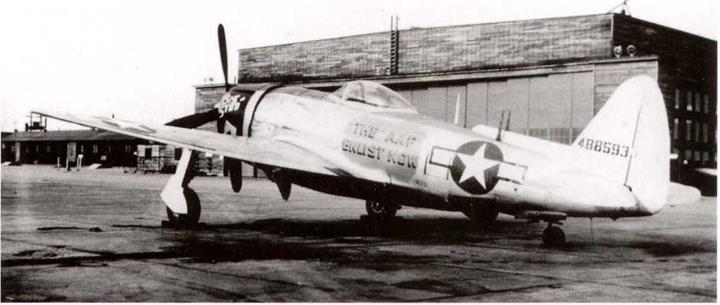



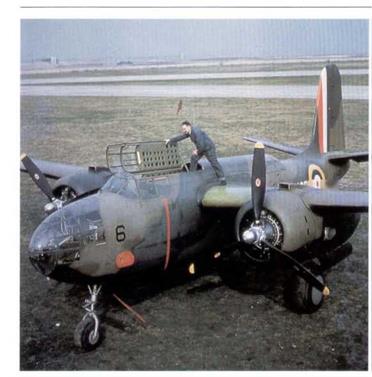 ■ ml
■ ml
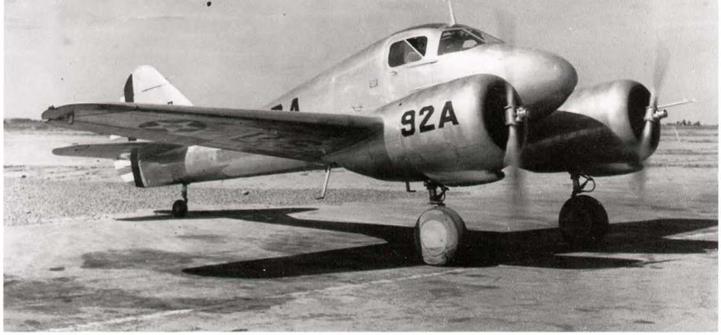
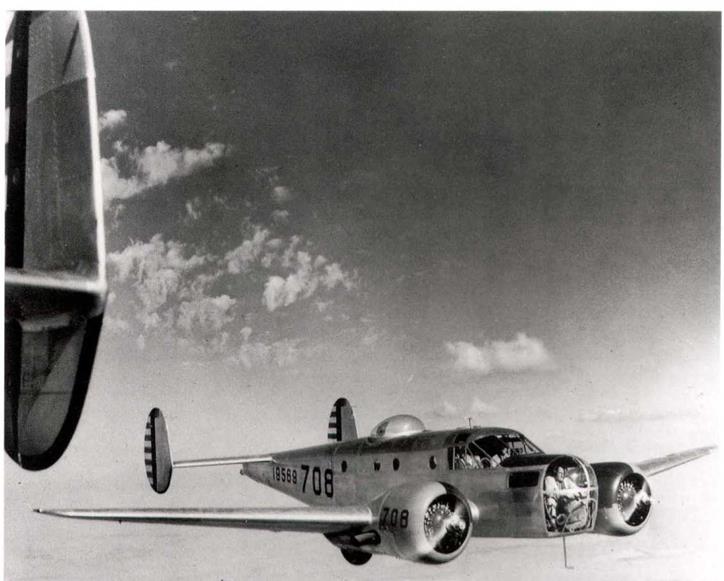
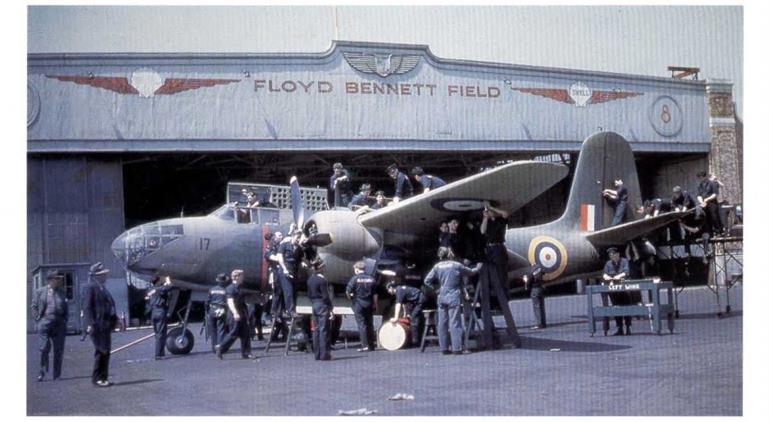 skill’
skill’